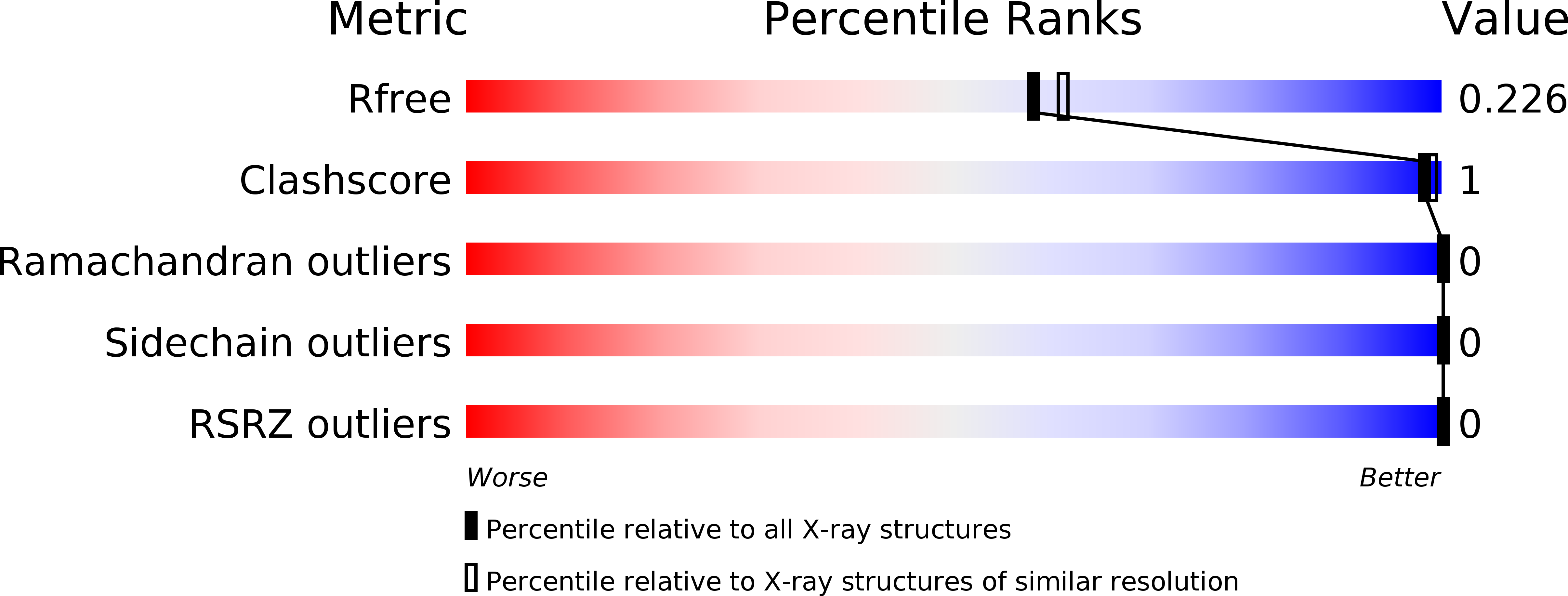
Deposition Date
2019-11-10
Release Date
2020-01-29
Last Version Date
2023-11-22
Entry Detail
PDB ID:
6L9S
Keywords:
Title:
Crystal structure of Na-dithionite reduced auracyanin from photosynthetic bacterium Roseiflexus castenholzii
Biological Source:
Source Organism:
Method Details:
Experimental Method:
Resolution:
2.00 Å
R-Value Free:
0.21
R-Value Work:
0.17
R-Value Observed:
0.17
Space Group:
P 2 21 21


